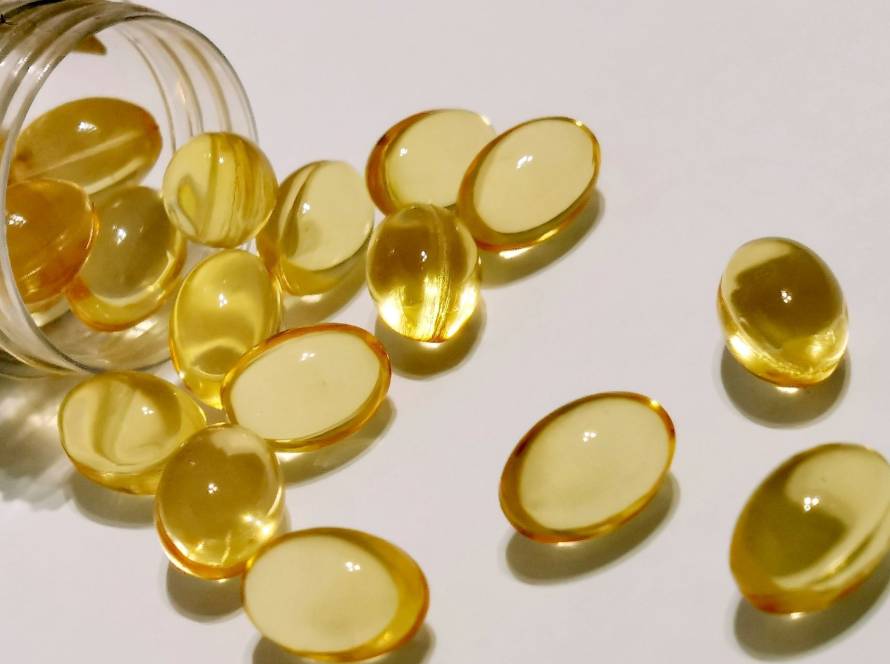Alpha lipoic acid (ALA) is a naturally occurring compound involved in energy metabolism. It functions as a potent antioxidant and plays a critical role in mitochondrial function, the engines that power our cells. While the human body produces small amounts of ALA, supplementation is often used to enhance its health effects, particularly in managing oxidative stress, improving insulin sensitivity and supporting nerve function.
In this article, we will explore the scientific research behind the question “what alpha lipoic acid is used for?” and how it works at the cellular level to support health and longevity.
Alpha lipoic acid and energy metabolism
Alpha lipoic acid plays a central role in mitochondrial energy production. It acts as a cofactor for key enzyme complexes that convert carbohydrates into ATP, the energy currency of the cell. Specifically, ALA is required for the function of pyruvate dehydrogenase and alpha-ketoglutarate dehydrogenase, which are essential for the Krebs cycle.
By facilitating these reactions, ALA helps our cells turn food into usable energy. This function is especially important in tissues with high energy demands, such as the brain, muscles and heart. Mitochondrial dysfunction is a hallmark of aging and many chronic diseases and supporting mitochondrial health with ALA may help improve cellular performance and resilience.
In addition to supporting energy metabolism, ALA reduces oxidative stress inside the mitochondria, where most reactive oxygen species (ROS) are generated. Studies suggest that ALA supplementation may protect mitochondrial membranes and enzymes from oxidative damage, improving mitochondrial efficiency.
ALA’ s role in blood sugar regulation
One of the most studied applications of alpha lipoic acid is its ability to help regulate blood sugar levels and improve insulin sensitivity. Studies have shown that ALA supplementation can significantly reduce fasting blood glucose, post-meal glucose spikes and markers of insulin resistance.
The primary mechanism behind this benefit is ALA’s activation of AMP-activated protein kinase (AMPK), an energy-sensing enzyme that enhances glucose uptake in muscle cells while reducing glucose production in the liver. This dual action improves overall glucose homeostasis. In addition, ALA increases the number and activity of GLUT4 transporters, proteins that move glucose from the blood into cells, especially in muscle tissue.
ALA also supports the regeneration of other antioxidants, such as glutathione, which can reduce oxidative stress often elevated in people with diabetes. Oxidative stress impairs insulin signaling, so minimizing it helps restore insulin sensitivity.
For individuals with diabetic neuropathy, a painful nerve condition caused by high blood sugar, ALA has been used in Europe as a treatment for decades. Both oral and intravenous ALA have shown effectiveness in reducing symptoms such as burning, tingling, and numbness, with some studies suggesting that 600 mg per day provides optimal benefit.
Alpha lipoic acid and brain health
Alpha lipoic acid’s antioxidant properties and its ability to cross the blood-brain barrier make it a promising candidate for supporting brain health and cognitive function. As the brain is highly vulnerable to oxidative stress, maintaining a balance of antioxidants is crucial for preventing neurodegenerative diseases such as Alzheimer’s and Parkinson’s.
Research shows that ALA may help reduce brain inflammation, protect neurons from oxidative damage, and improve mitochondrial function in brain cells. These effects are essential for maintaining memory, concentration and overall mental clarity. A randomized controlled trial found that ALA, when combined with omega-3 fatty acids, improved cognitive scores in patients with mild Alzheimer’s disease.
Moreover, ALA enhances the recycling of other antioxidants like vitamin C and E in neural tissues. This amplifies its neuroprotective potential and may slow down cognitive decline associated with aging. Animal studies have also shown that ALA supplementation increases levels of acetylcholine, a neurotransmitter critical for learning and memory.
Liver acid could be ‘elixir’ to extend life? 🧬
ALA for skin and aging
Alpha lipoic acid is also gaining attention in dermatology and anti-aging medicine for its potential to protect and rejuvenate the skin. Thanks to its antioxidant and anti-inflammatory properties, ALA can reduce signs of aging and protect against environmental damage such as UV radiation and pollution.
ALA helps combat skin aging in several ways. First, by neutralizing free radicals, it reduces oxidative stress that leads to collagen breakdown and wrinkle formation. Second, ALA may enhance blood flow and improve skin texture and tone by increasing nitric oxide production in blood vessels. Studies also show that topical application of ALA can reduce facial fine lines and improve skin smoothness.
Some studies have also examined its potential role in conditions like melasma and hyperpigmentation, showing that ALA can help regulate melanin production and improve skin tone uniformity.
Alpha lipoic acid and liver protection
Alpha lipoic acid has also shown promise in supporting liver health, particularly in conditions characterized by oxidative stress, inflammation and fat accumulation. The liver is a major site of detoxification and ALA’s antioxidant capacity can help reduce the burden of toxins and improve liver function.
One of the most well-established uses of ALA in liver care is in the treatment of acute liver failure caused by poisoning from Amanita phalloides, a toxic mushroom. Intravenous ALA has been used in Europe for decades as part of emergency protocols in such cases, often in combination with other therapies.
More recently, research has explored ALA’s potential in non-alcoholic fatty liver disease (NAFLD), a common condition often associated with obesity and insulin resistance. In several studies, ALA decreases hepatic lipogenesis through AMPK-dependent and AMPK-independent pathways, suggesting its potential to prevent non-alcoholic fatty liver disease.
ALA may also help regenerate glutathione in liver cells, providing a secondary antioxidant defense system that is crucial for neutralizing toxins and protecting cellular components from damage. Its anti-inflammatory effects may further support liver function by downregulating pro-inflammatory cytokines involved in chronic liver diseases.
Dosing and timing
The effectiveness of alpha lipoic acid supplementation depends significantly on how it is dosed and administered. ALA has a relatively short half-life of about 30 minutes to one hour, which means its levels in the bloodstream decline quickly. For this reason, it is often taken in divided doses throughout the day to maintain a consistent therapeutic effect.
Most clinical trials have used doses ranging from 300 to 600 mg per day, though some individuals may benefit from up to 1200 mg, particularly for managing diabetic neuropathy or oxidative stress. The typical starting dose is 300 mg daily, which can be increased based on tolerance and treatment goals.
ALA is best absorbed on an empty stomach, as food can impair its absorption. Therefore, it is often recommended to take it 30 minutes before meals or at least two hours after eating.
Alpha lipoic acid is a unique and versatile supplement with broad therapeutic potential. It plays a vital role in mitochondrial energy production, neutralizes oxidative stress, improves blood sugar control, supports brain and liver health and even contributes to skin vitality and aging prevention.


